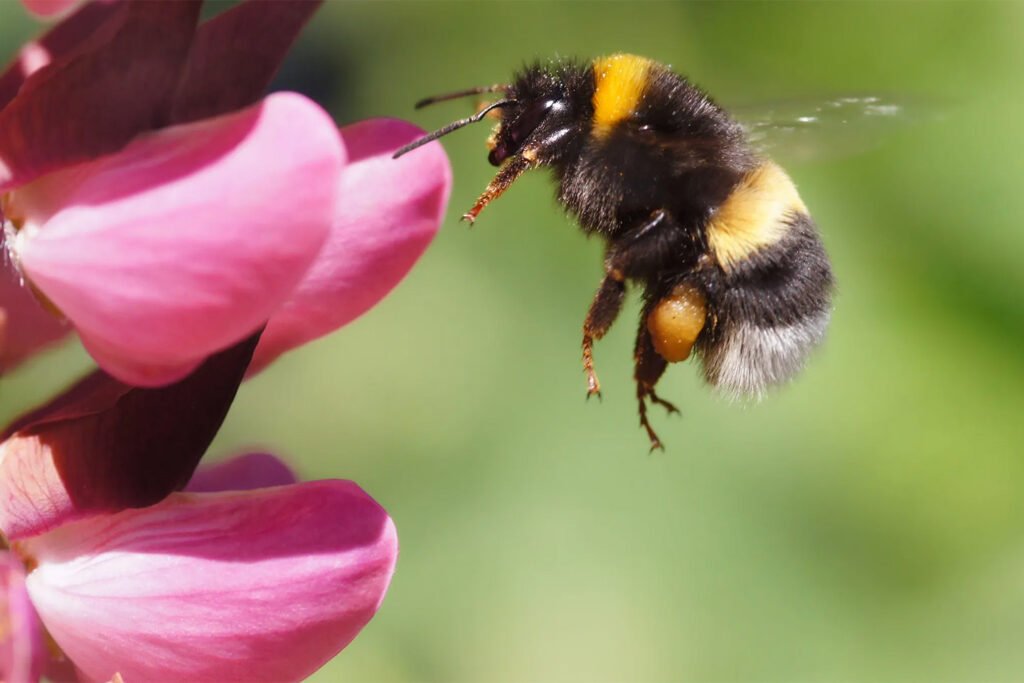
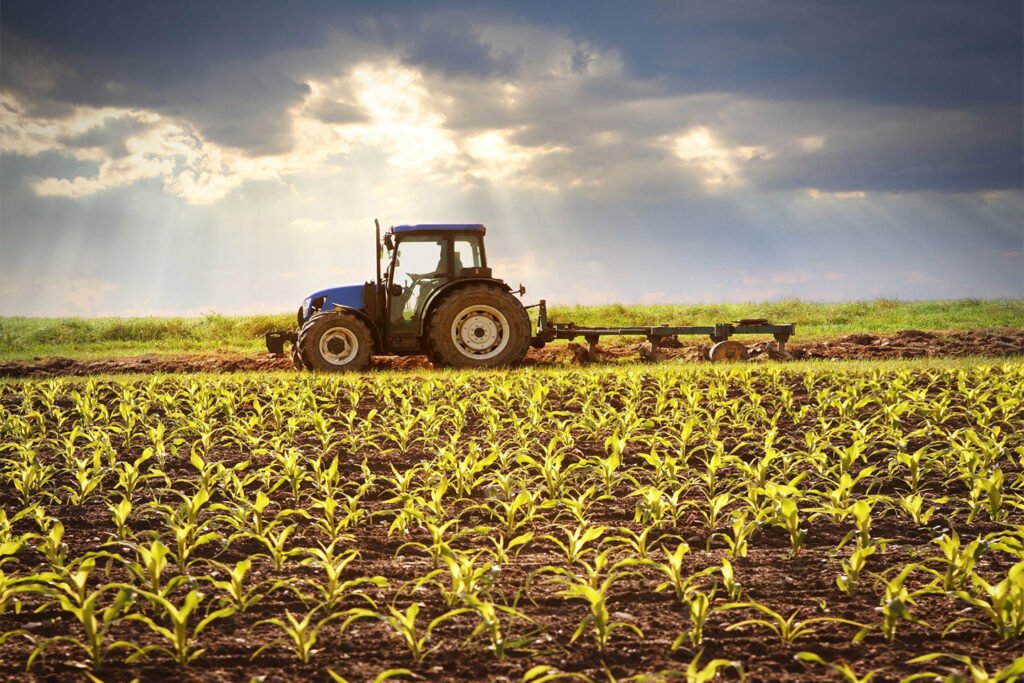
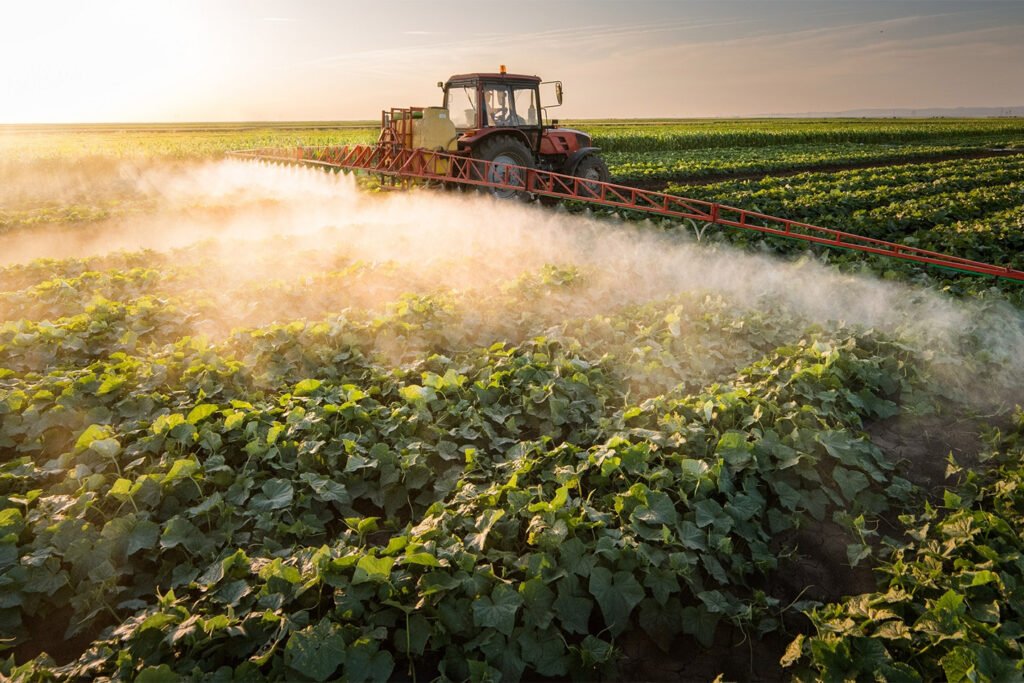

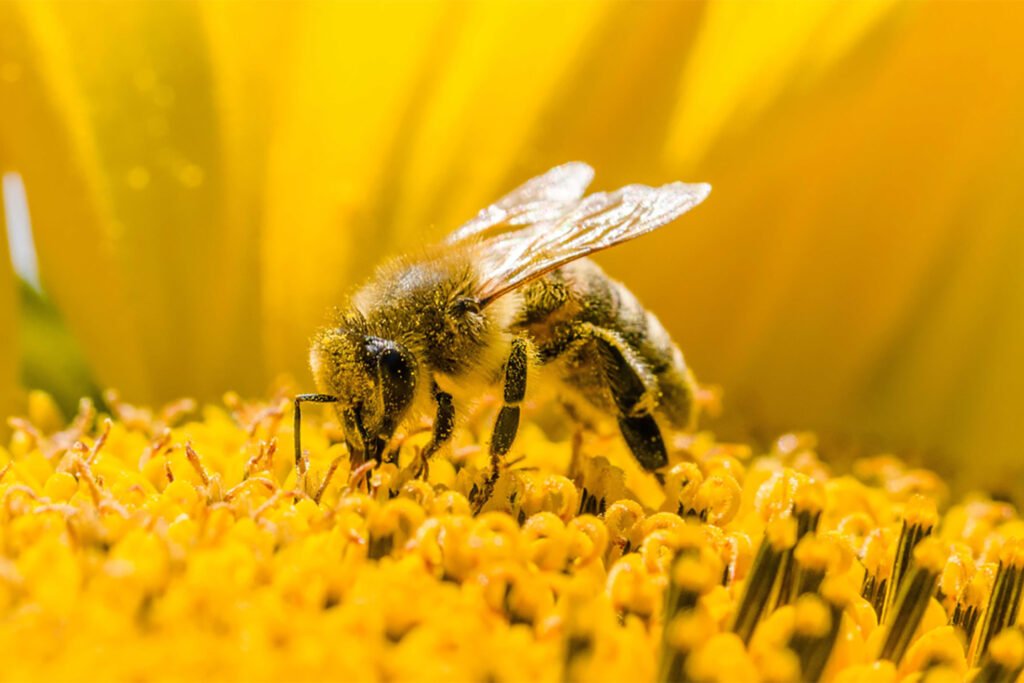
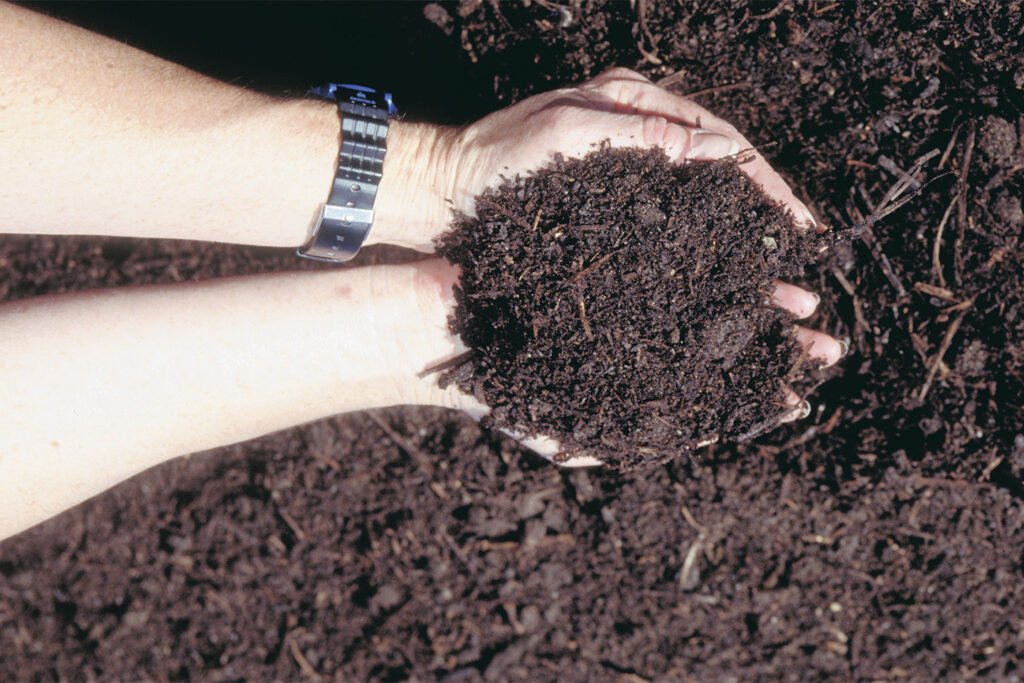

How do organic farming practices help reduce climate change?
Organic farming practices can contribute to climate change mitigation and environmental sustainability in several ways, although the impact may vary depending on specific farming methods and contexts. Here are some ways in which organic food production can help reduce climate change:
- Reduced Synthetic Input Use: Organic farming avoids or limits the use of synthetic pesticides and fertilizers. The production of synthetic fertilizers is energy-intensive and can result in significant greenhouse gas emissions. By reducing the reliance on synthetic inputs, organic farming can help lower the carbon footprint associated with the production of these chemicals.
- Soil Health: Organic farming places a strong emphasis on soil health and employs practices such as crop rotation, cover cropping, and composting. Healthy soils store more carbon and have improved water retention, which can help mitigate the effects of climate change, such as droughts and floods.
- Reduced Erosion: Organic farming often incorporates soil conservation practices, such as reduced tillage and the use of cover crops, which can help prevent soil erosion. Erosion not only leads to loss of fertile topsoil but can also release stored carbon into the atmosphere.
- Biodiversity: Organic farming practices often promote biodiversity by creating diverse ecosystems within and around farms. Biodiverse ecosystems can store more carbon, enhance soil health, and provide natural pest control services, reducing the need for chemical inputs.
- Lower Energy Consumption: Organic farming may use fewer energy-intensive practices and equipment, such as large-scale mechanized farming and synthetic input production. This can result in lower greenhouse gas emissions associated with energy use.
- Avoidance of Genetically Modified Organisms (GMOs): Many organic standards prohibit the use of genetically modified organisms (GMOs). The cultivation of GMO crops can lead to increased herbicide use, which can have environmental and climate implications. Organic farming’s rejection of GMOs can indirectly contribute to reducing the use of certain chemicals.
- Reduced Nitrogen Pollution: Organic farming typically relies on natural sources of nitrogen, such as compost and cover crops, rather than synthetic nitrogen fertilizers. This can help reduce the risk of nitrogen pollution, including nitrous oxide emissions, a potent greenhouse gas.
It’s important to note that while organic farming practices have environmental benefits, they may also have lower yields compared to conventional farming methods. As a result, some argue that organic farming could require more land to produce the same amount of food, potentially contributing to deforestation and habitat conversion, which can have negative environmental impacts.
In summary, organic food production has the potential to reduce climate change impacts through its emphasis on sustainable soil management, reduced synthetic inputs, and support for biodiversity. However, the effectiveness of these benefits can vary depending on the specific practices employed by organic farmers and the overall context of food production. Combining organic principles with other sustainable agriculture practices can further enhance their positive environmental and climate benefits.
How synthetic fertilizers contribute to climate change
Synthetic fertilizers can indirectly contribute to climate change in several ways:
- Nitrous Oxide Emissions: One of the primary ways synthetic fertilizers can contribute to climate change is through the release of nitrous oxide (N2O) emissions. Nitrous oxide is a potent greenhouse gas, with a much higher heat-trapping potential per molecule than carbon dioxide (CO2). These emissions can occur through a process called nitrification-denitrification, which involves the conversion of nitrogen compounds in synthetic fertilizers by soil microorganisms:
- Nitrification: Ammonium-based synthetic fertilizers (e.g., ammonium nitrate and urea) can be converted into nitrate (NO3-) in the soil through a process called nitrification. This conversion is facilitated by nitrifying bacteria. During nitrification, some nitrogen is lost in the form of nitrous oxide gas, which is released into the atmosphere.
- Denitrification: In oxygen-deprived soil conditions, nitrate can be converted back into nitrogen gas (N2) or nitrous oxide (N2O) by denitrifying bacteria. This process can also result in the emission of nitrous oxide, a greenhouse gas.
- Production and Transportation: The production of synthetic fertilizers is energy-intensive, which leads to greenhouse gas emissions associated with energy use. Additionally, the raw materials for synthetic fertilizers, such as natural gas and phosphate rock, are often extracted and transported over long distances, contributing to the carbon footprint of these fertilizers.
- Ammonia Volatilization: When ammonia-based synthetic fertilizers are applied to fields, there is a risk of ammonia volatilization, where ammonia gas is released into the atmosphere. Ammonia can react with other pollutants in the atmosphere, forming fine particulate matter known as secondary aerosols. These aerosols can have complex interactions with climate, including impacts on regional weather patterns and atmospheric radiative forcing.
- Altered Carbon Cycling: The use of synthetic fertilizers can alter the carbon cycling in soils. This can affect soil organic matter decomposition rates and microbial activity, potentially leading to changes in the release of other greenhouse gases, such as carbon dioxide and methane, though the effects on these gases are complex and context-dependent.

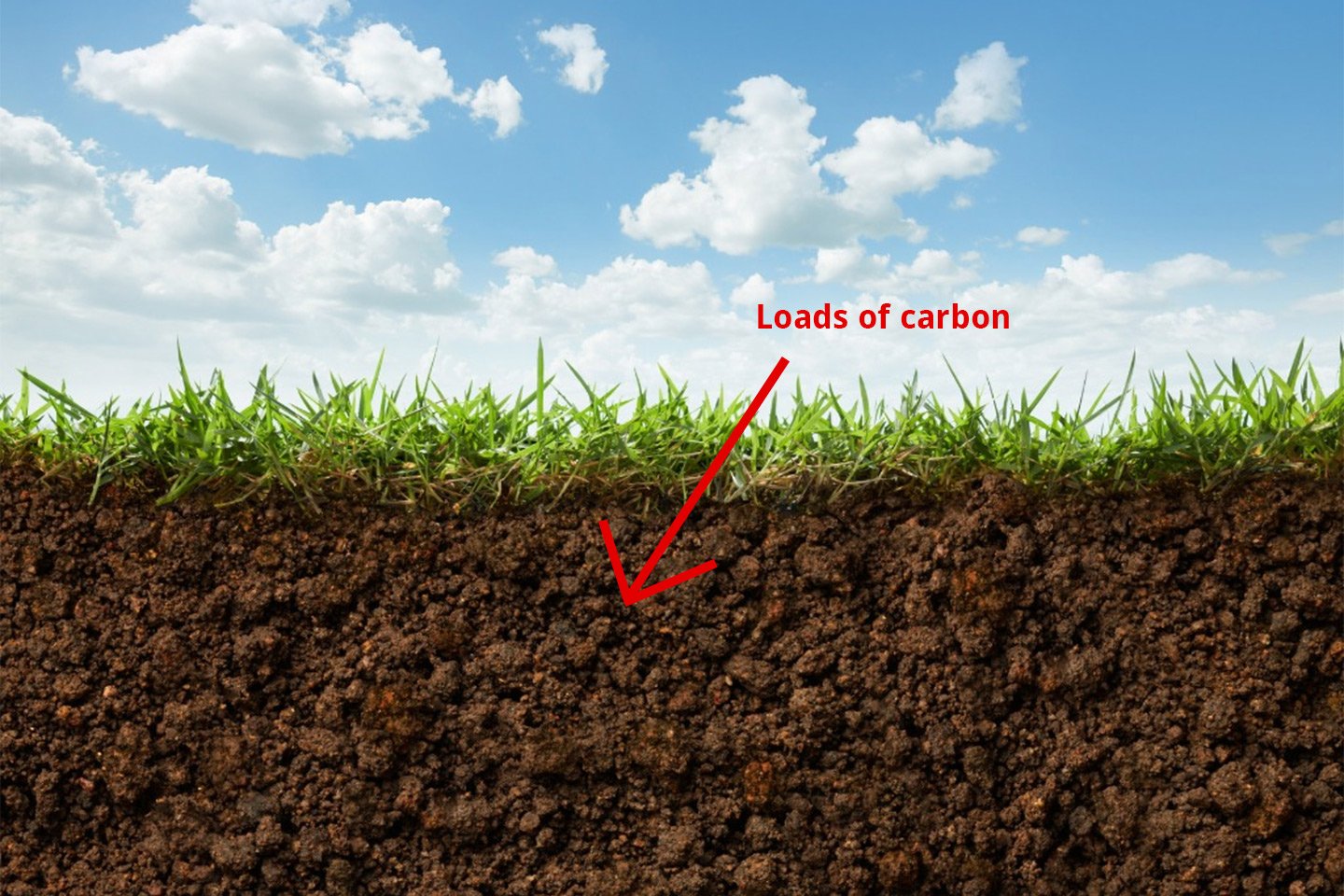
 Day 57
Day 57
 Day 53
Day 53